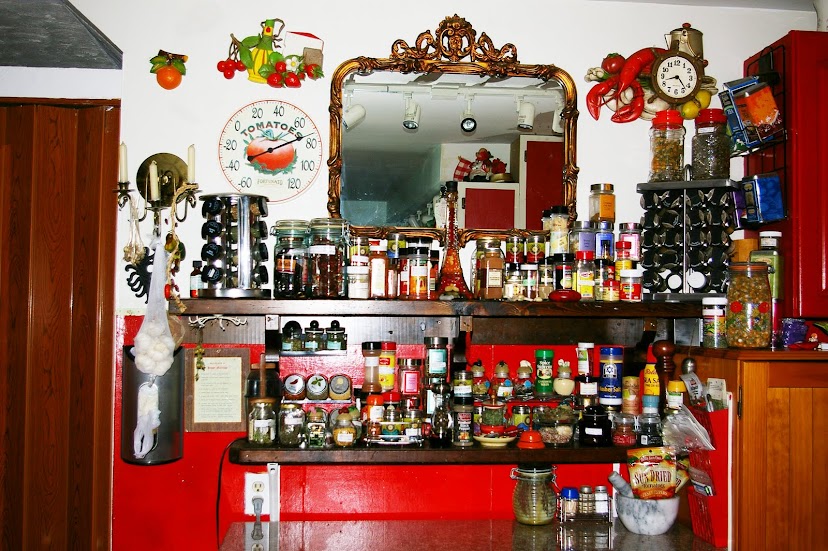Did you know Red Poppy is a traditional symbol of America,when it remembers its war dead, perhaps because of the fact that it is the red poppy that grows abundantly in the fields near and surrounding the cemeteries of the Flanders region of France and Belgium, where more than thousands of dead soldiers, all Allied casualties of World War I lie buried? This annual herb red poppy grows up to two to two and a half feet in height, and sports a thick hairy stem with bristly pinnately divided leaves. The scarlet flowers of the red poppy, that bloom during late May until October are generally 2 inches across. Flowers have also blue-black stamens and four large petals, each with a purplish-black dot at the base. Its fruit is a capsule with several red black seeds. Most Americans may be familiar with the paper version of the red poppy worn on Memorial Day, perhaps because not many would have had the chance to spy the real red poppy growing in fields, because this plant has escaped cultivation and is primarily found in private gardens.
The red poppy is both an analgesic as well as a sedative. red poppy contains a nonpoisonous sedative alkaloid called rhoeadine, and quite unlike its cousin the opium poppy, the red poppy is not a source of narcotics. The sedative properties of the herb were put to good use by mothers of older times, when they fed infants food laced with red poppy, so that they would sleep undisturbed for long hours. The blossoms of the red poppy would also be used by mothers when they compounded them into a cough syrup for children. Nowadays, poppy seeds are one of the most popular ingredients used in baking.
PARTS USED
Flowers.
USES
The red poppy is mildly analgesic and also a sedative and these properties have been fully exploited, especially in European herbal medicine, especially for the needs of children and the elderly. Capable of reducing over-activity, and also of suppressing irritating coughs, the red poppy can also be used as a pain reliever. The herb is also used for insomnia, asthma, and nervous irritability.
The herb’s capacity to induce sleep medicinally in infants has been utilized through the ages, and the flowers of the red poppy contain certain traces of alkaloids that would induce sedation, but scientific research on the subject has not been completed as yet. However, while herbalists use the blossoms and seeds of red poppy in a pediatric cough syrup, they use the flowers to color wine, teas, medicines, and ink.
HABITAT AND CULTIVATION
Red poppy is native to North Africa, Europe and the temperate regions of Asia. The herb is naturalized in North and South America, and although it does thrive in cultivated fields, it also grows rather well on roadsides too. The flowers can be picked during summer.
CONSTITUENTS
Red poppy contains alkaloids (including papaverine, rhoeadine, isorhoeadine, and many others), meconic acid, mekocyanin, mucilage, and tannin. The alkaloids are similar to those in the opium poppy, but are much milder.
USUAL DOSAGE
For an infusion of red poppy: pour a cup of boiling water onto 1- 2 teaspoonfuls of the dried flower petals. Then leave to infuse for 10-15 minutes. Drink this infusion thrice daily.
As a tincture: take 2-4 ml of the red poppy tincture thrice daily.
COLLECTION AND HARVESTING
In general, the petals of the flowers of the red poppy can be collected during the months of July and August, after the dew has dried, early in the morning. They must be dried very carefullyCOMMON NAMES
Corn Poppy
Corn Rose
Field Poppy
Flanders Poppy
Red Poppy

No comments:
Post a Comment